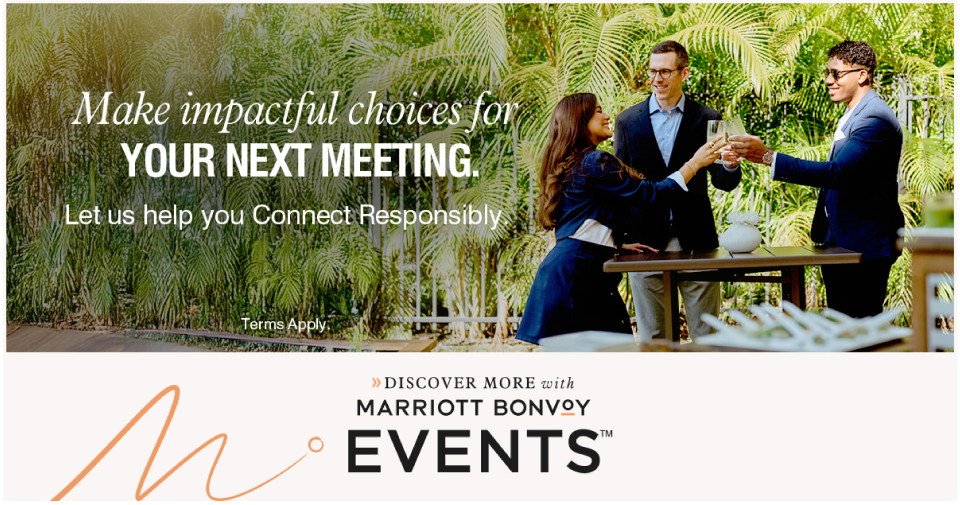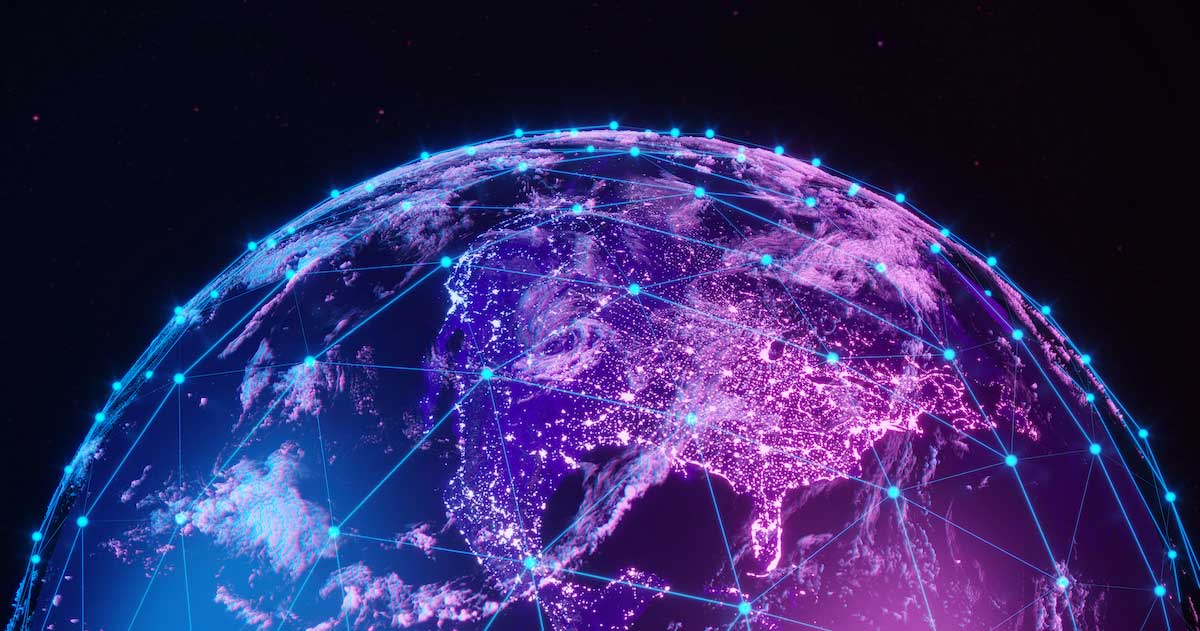Many meeting professionals think of diversity and inclusion in terms of recruiting team members from all demographic groups or planning panel discussions that include a variety of perspectives.
Caesars Entertainment—which achieved its 11th consecutive perfect score in the Corporate Equality Index in 2019—is taking these ideas many steps further, with diversity and inclusion initiatives that extend into the community.
For instance, the hospitality company reached out to support vendors and members of the communities where it does business through its 2019 Economic Equity Tour, produced in cooperation with the Caesars Foundation. The tour visited six cities where Caesars Entertainment has a presence—among them Las Vegas, New Orleans and Baltimore—to offer workshops and provide resources in areas such as financial empowerment, workforce development, nonprofit organization development, entrepreneurship and potential business opportunities for Caesars, with emphasis on bringing its diversity and inclusion goals to the series of events. The tour also included a five-webinar series led by subject matter experts.
“We’re looking at the entrepreneurship side of inclusion,” says Gwen Migita, global head of social impact, equity and sustainability for Caesars Entertainment. “How do you invest in capacity-building of small to mid-sized businesses? There’s not enough investment in the development of the CEO for small organizations. How can they do business with large companies without biting off too much?”
Caesars Entertainment has also deepened its commitment to supplier diversity groups—offering tools and training for their members to grow and maintain their customer base, Migita says.
Caesars Entertainment is not alone in prioritizing diversity and inclusion in new and creative ways. Many meeting industry professionals say their organizations are stepping up their commitment to bringing diversity and inclusion not only to their meetings but to their workplaces, as well.
In one sign of how much of a formal priority these goals are now becoming, 56 percent of meeting professionals said they have written diversity and inclusion policies and 42 percent said their organizations host these statements on their websites, according to The State of Inclusion in Meetings & Events, a 2018 report created by MPI in partnership with New York University’s Jonathan M. Tisch Center of Hospitality. The study included responses from 1,087 meeting professionals.
Why are diversity and inclusion getting more attention now? There are a number of drivers, the respondents said. The top was responding to guest expectations, cited by 31 percent, followed by legal compliance (20 percent) and achieving business results/enhancing the bottom line (19 percent).
However, there is clearly a lot of work to be done. Though 39 percent said there were no barriers to creating inclusive experiences at their meetings and events, an additional 40 percent reported they have information and knowledge gaps that prevent them from excelling in this area. Among the gaps they cited: lack of information/knowledge needed to plan inclusive experiences (40 percent), lack of budget (20 percent) and lack of support from leadership (14 percent).
For a diversity and inclusion program to be successful, there needs to be involvement from all stakeholders, experts say.
“It has to be an all-in approach,” says Anthony Greco, director of CORE learning services at Orlando-based Aperian Global, which works with clients around the world to design and implement learning initiatives in diversity and inclusion, and other areas. “It can’t just be focused on the topics leadership wants or just the employees’ wants. It needs to be scrutinized in a way that has meaning for everyone.”
It also needs to be part of a company’s overall strategy or it may fall by the wayside. When Caesars Entertainment looks at an area such as gender equity, Migita says, “it’s really part of a holistic inclusion and equity strategy that is driven to corporate responsibility.”
Efforts to increase diversity often start with recruiting, as well as mentoring and sponsorship once recruits get established within an organization. How a company communicates with team members is a crucial part of this.
“When people get hired within an organization, is there a program or roadmap to success?” asks John Ehlenfeldt, CMP, executive vice president of Visit Huntington Beach (Calif.) and a member of MPI’s Diversity and Inclusion Committee. “How do they have upward mobility? If you are an African American female, what is the pathway for growth within the organization that they have established for you?”
An analysis of 2,000 public corporations completed at the University of Missouri found that companies with formal diversity policies and diverse representation on their nominating committees were more likely to have diverse leadership.
“We found that companies that are sensitive to that issue were more likely to put women and minorities in positions of power,” says Adam Yore, assistant professor at the school’s Robert J. Trulaske Sr. College of Business.
However, the study also found that adding more women to corporate boards—a common goal for big corporations—does not necessarily lead to more opportunities for women and minorities.
Inclusion—enabling all employees to feel comfortable in the workplace—is the next step beyond diversity, Ehlenfeldt says.
“It’s about someone being able to bring their authentic self to all they do,” he says, adding that it’s not always simple to bring about. “A lot of instructors say it’s like nailing Jell-O to a wall.”
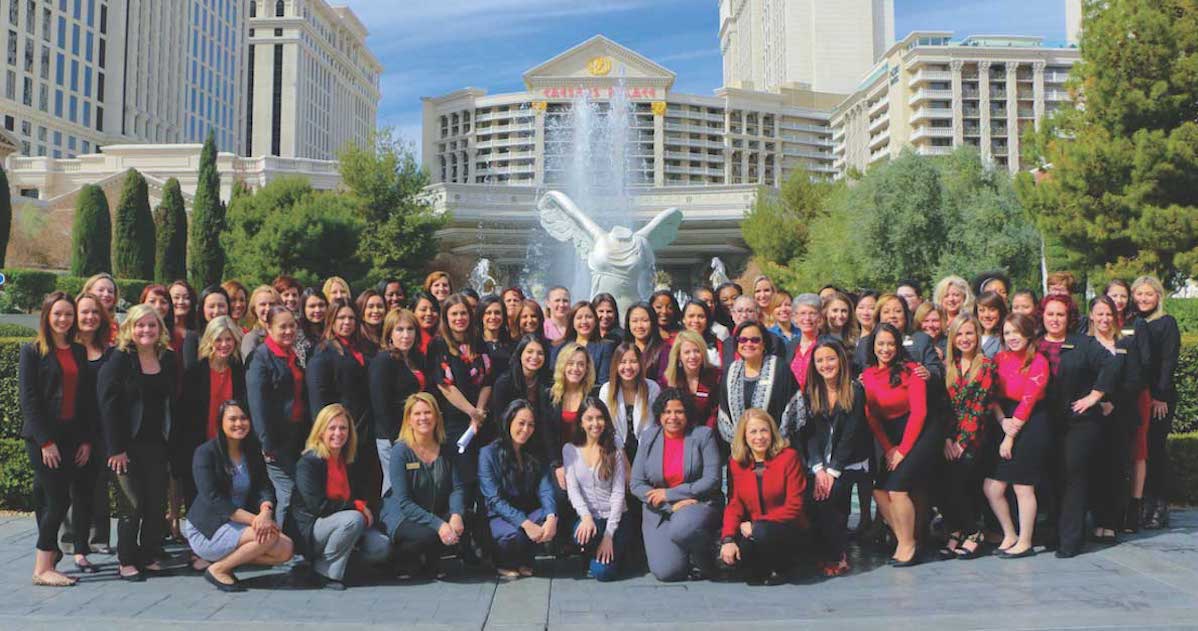
Organizations may need to make ongoing, active efforts to encourage employees to share their commitments to associations and other things that matter to them in order for team members to feel comfortable doing so.
Being inclusive can also mean thinking about the physical setting of a meeting to make sure it is not only accessible to people with disabilities but welcoming to all participants.
Last summer, three young male entrepreneurs asked me how to diversify their tech meet-up group. They didn’t understand why women were not showing up.
I had never attended that particular meet-up, so I couldn’t offer specific observations, but I shared with them a story from my own experience to help them think about the subtle shifts they might make to draw more women attendees.
As I told them, a couple of years ago, I was invited to moderate an innovation panel to a 700-person ballroom audience involved in an industry that’s heavily dominated by men.
I was very excited about the opportunity. The keynote, a world leader, was going to speak right after my panel, so I knew we’d have a full room. But I started feeling a bit uneasy when I got to the event and realized there would only be two other women speaking that day, a panelist and a customer of one company that was involved. I’m used to being one of the only women in the room as a business journalist, a field where there are more men than women, but, as I looked around at the sea of blue suits in the room and saw just a tiny handful of female faces, I had a moment of anxiety: Did I really belong here?
Then it came time to take our seats on the stage. The four speakers on my panel were all tall men. As they settled back into their chairs, seemingly as comfortable as they might be on their living room sofa, I quickly realized I could not do that. I’m just under 5’3,” and unless I sat at the very tip of the chair, my feet would not touch the ground, even with heels on.
On one level, it was a funny story to tell my kids later—clearly the organizers hadn’t thought of what it would look like if the moderator’s feet were dangling like a small child’s. But as the panel continued, it was a little distracting to try to stay seated in my perch at the end of the chair without slipping off so that I could maintain some semblance of authority.
Now, when I am involved with an event where I don’t think many women will be participating, I make sure to talk with the organizers ahead of time about details like the chair height, with the hope they’ll start thinking about these things on their own eventually.
In addition to paying attention to the physical details of meetings, it’s important to keep in mind that diversity and inclusion may mean different things in different countries, Ehlenfeldt says.
“If you are in Japan, you will not have race as an issue,” he says. “Everyone is Japanese.”
However, there may be challenges with achieving gender diversity, he says.
Caesars Entertainment gives a lot of consideration to how goals such as diversity and inclusion intersect with other initiatives, according to Migita. One area where there is a lot of overlap with diversity and inclusion is green initiatives.
“Disproportionate numbers of communities of color are affected by air quality and environmental issues,” Migita says.
Against this backdrop, Caesars Entertainment has developed a strong focus on food security and is working with nonprofits active in this area to set policies and build its giving program, Migita explains. The company is also looking at the related area of food-prep waste and how to use the quick-chill process to make sure extra food arrives at donation points in good condition.
“You have to prepare the food for food banks to receive it,” she says.
Similarly, Caesars Entertainment considers its work to fight human trafficking to be part of equity programs that contribute toward its diversity and social impact goals, Migita says, noting that African American, Latina and Native American women are disproportionately affected. To that end, Caesars Entertainment has trained its security teams to act as community ambassadors to victims of human trafficking and to “do their job with a bit of love,” Migita says.
“They find ways to educate the victims to get out of the situation without putting them in harm’s way,” Migita says. “Rather than serving them trespass notices, compassion and culture change the approach.”
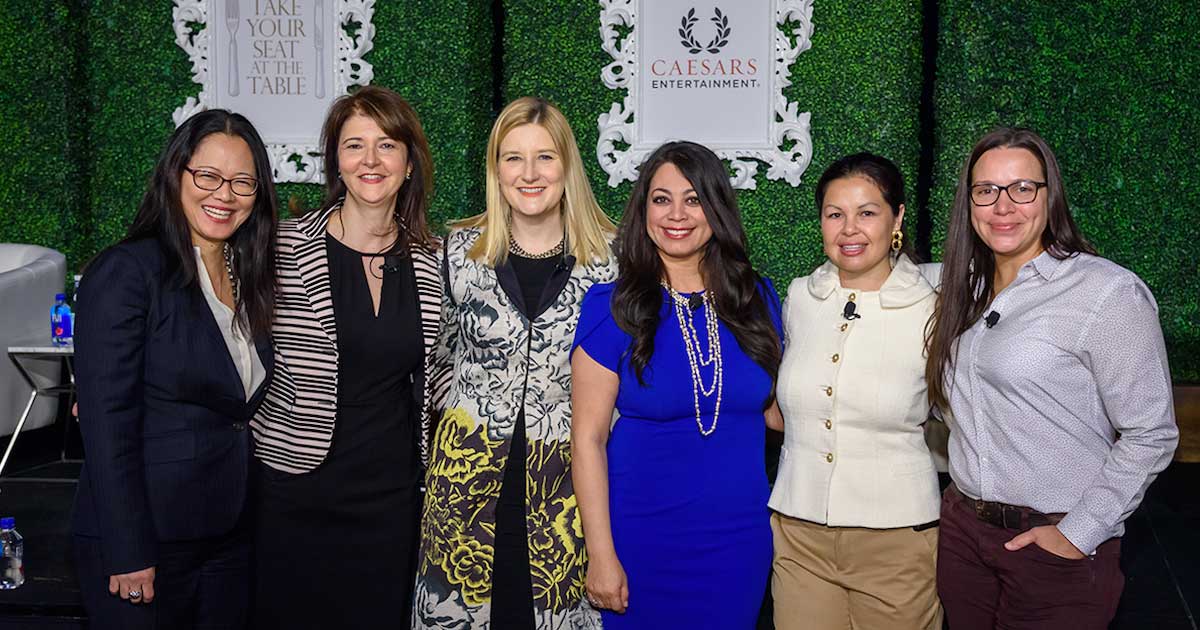
To deepen its knowledge, Caesars Entertainment is a member of the anti-trafficking group ECPAT-USA and gets advice from a traumatologist, Halleh Seddighzadeh, Migita says. It also works with nonprofits to help set regional goals, such as what a regional strategy would look like and the metrics to measure its success, including number of interventions. (MPI also works with ECPAT-USA and, along with Caesars Entertainment, signed The Code, a pledge to fight human trafficking. Look for regular coverage about this important issue in The Meeting Professional and at mpi.org/blog.)
Many organizations in the meeting industry are also looking beyond racial, ethnic, gender and sexual orientation to factors such as whether attendees are introverts or extraverts, Ehlenfeldt says. An organization concerned with making both feel welcome might, for instance, make sure everyone gets heard by asking attendees to submit ideas on paper and reading them all. Or a moderator might call on people to make sure the introverts who might not volunteer will get heard.
Meeting organizers are also increasingly looking at food and beverage choices as part of diversity and inclusion, Ehlenfeldt says.
“Do we have a range of food options available for people or assume everyone eats meat, gluten and dairy?” he asks.
Often, the answers to these less visible aspects of diversity require discussion.
“They can be very difficult to understand or see,” Ehlenfeldt says.
But for organizations that achieve better diversity and inclusion, the results, in terms of a better-performing business and impact on the community, tend to speak for themselves.
Follow The Meeting Professional throughout 2020, as each issue will include coverage of diversity and inclusion in the meeting industry.


